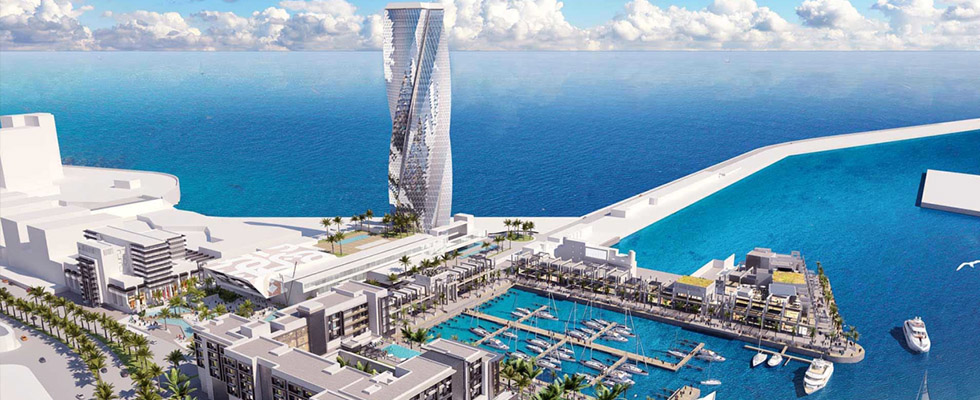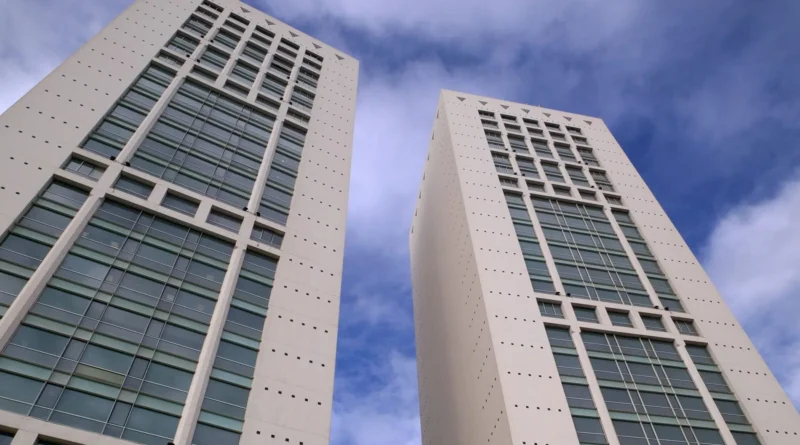Business Insolvencies in Morocco Set to Rise in 2025
Casablanca, Morocco – March 2025
Morocco is bracing for a surge in business insolvencies in 2025 as economic pressures, rising interest rates, and global uncertainties weigh heavily on companies across various sectors. Analysts predict that the number of corporate bankruptcies will reach record levels, affecting both small enterprises and larger firms struggling to adapt to shifting market conditions.
Economic Challenges Driving Insolvencies

Several factors are contributing to the expected rise in business failures in Morocco, including:
- Higher Interest Rates: The tightening of monetary policy has made borrowing more expensive, particularly for small and medium-sized enterprises (SMEs), which rely on bank loans for operational funding.
- Inflationary Pressures: Rising costs of raw materials, energy, and logistics have put a strain on businesses, reducing their profitability and cash flow.
- Weakened Consumer Demand: Economic uncertainty has led to cautious consumer spending, affecting key industries such as retail, hospitality, and manufacturing.
- Debt Accumulation: Many businesses that survived the economic downturn of the past few years are now facing mounting debt burdens, making it difficult to stay afloat.
Industries Most Affected
While the rise in insolvencies is expected to impact multiple sectors, some industries are more vulnerable than others:
- Construction and Real Estate: Delayed projects, fluctuating material costs, and reduced investment in new developments have created financial instability.
- Retail and Hospitality: A decline in consumer spending and increased competition from e-commerce have put pressure on traditional brick-and-mortar businesses.
- Manufacturing: Supply chain disruptions and higher production costs have challenged the profitability of local manufacturers.
- Transport and Logistics: Rising fuel prices and global trade uncertainties have affected operational efficiency and revenue generation.
Government Response and Support Measures
The Moroccan government is taking steps to mitigate the impact of rising insolvencies, including:
- Financial Aid for Struggling Businesses: Programs aimed at providing financial support and restructuring options for heavily indebted firms.
- Tax Relief Measures: Potential tax breaks and deferred payments to ease short-term financial pressures.
- Access to Credit: Encouraging banks to offer flexible repayment terms and new financing solutions tailored to struggling businesses.
- Investment in Key Sectors: Promoting foreign direct investment (FDI) and public-private partnerships to stimulate economic growth and job creation.
Outlook for 2025 and Beyond
Despite the current economic difficulties, experts believe that Morocco’s long-term growth prospects remain strong. The country’s continued investment in infrastructure, renewable energy, and industrial modernization is expected to create opportunities for business recovery. However, short-term volatility remains a challenge, requiring businesses to adopt innovative strategies, optimize costs, and improve financial resilience.
Conclusion
The anticipated rise in business insolvencies in Morocco underscores the need for proactive financial planning and policy intervention. While economic headwinds pose significant challenges, strategic government support and adaptive business models can help mitigate risks and pave the way for recovery. As Morocco navigates this period of financial uncertainty, the resilience of its business ecosystem will be key to sustaining economic stability and growth.

